Table of Contents
The Kuwaiti flag, also known as the flag of Kuwait, carries profound historical and cultural significance. It serves as a testament to the nation’s journey, embodying its principles, resilience, and aspirations. In this discourse, we shall delve into the captivating facets of the Kuwaiti flag, unraveling its design, symbolism, and historical context.
The Kuwaiti flag comprises a horizontal tricolor of green, white, and red bands, with a black trapezoid situated on the hoist side. Each element encapsulates symbolic meaning deeply rooted in Kuwait’s history and ethos.
Kuwaiti Flag: Colors and Symbolism
- The green band embodies fertility, growth, and the lush landscapes of the nation, signifying prosperity and hope for the future.
- The white band represents purity, peace, and the nation’s commitment to harmony and unity among its diverse populace.
- The red band symbolizes the sacrifices made by Kuwaitis throughout history, particularly in defending their homeland and preserving its sovereignty.
- The black trapezoid, positioned adjacent to the hoist side, signifies the dark days of Kuwait’s past and the resilience of its people in overcoming adversity.
- The flag’s design was officially adopted on September 7, 1961, coinciding with Kuwait’s independence from British protectorate status.
- The symbolism embodied in the Kuwaiti flag reflects the nation’s unwavering dedication to freedom, sovereignty, and unity, encapsulating the spirit of Kuwait’s history and its steadfast commitment to its principles and values.
Flag of Kuwait
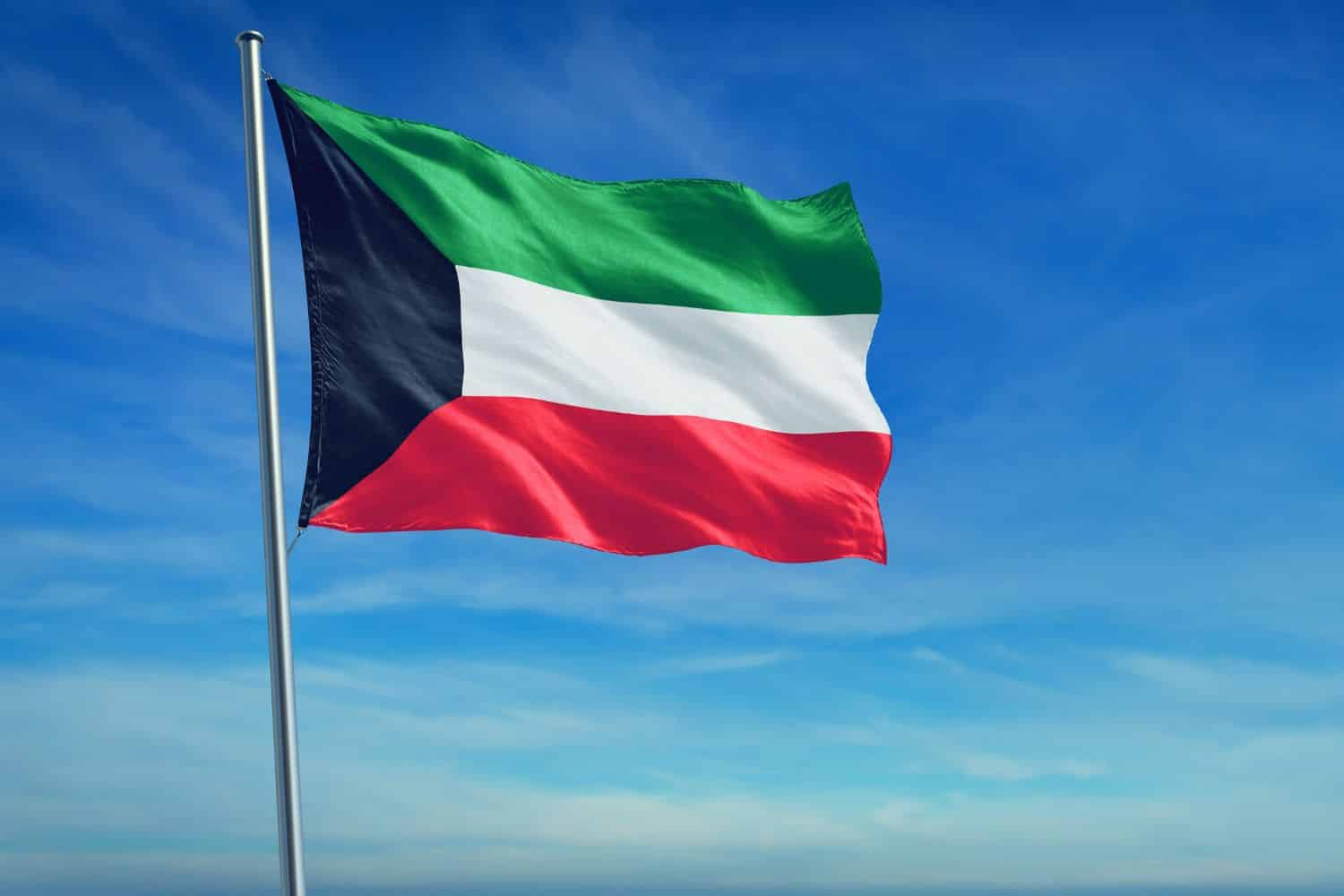
The flag of Kuwait stands as a potent emblem, embodying the essence of the nation’s cultural identity and resilience. Its design features a striking combination of colors—a horizontal tricolor of green, white, and red—with a black trapezium at the hoist side. The green hue symbolizes growth, fertility, and the lushness of Kuwait’s landscapes, while the white stripe signifies purity, peace, and the nation’s commitment to harmony. The red band represents the sacrifices of Kuwait’s people and their unwavering determination. The black trapezium, positioned towards the hoist, serves as a reminder of Kuwait’s history and its resilience in the face of challenges.
The history of the Kuwaiti flag intertwines with the nation’s journey to independence and its rich cultural heritage. Officially hoisted on September 7, 1961, the flag encapsulates Kuwait’s unity and aspirations as a sovereign nation.
Beyond its visual elements, the Kuwaiti flag holds profound symbolic significance. Its colors and design reflect the core values and aspirations of the Kuwaiti populace, depicting growth, purity, and resilience. The black trapezium, reminiscent of Kuwait’s history and fortitude, serves as a testament to the nation’s enduring spirit and unity.
National Flag Etiquette and Protocol

Maintaining the proper use and display of the Kuwaiti flag is of paramount importance. Understanding the etiquette involved in handling the flag, particularly during national ceremonies and events, is crucial. It is imperative to be knowledgeable about the regulations governing the handling, raising, and lowering of the flag. Additionally, one must be aware of the correct procedures for retiring or managing damaged flags to ensure they are treated with the respect they deserve.
- Proper Handling: It is essential to handle the Kuwaiti flag with care and reverence, ensuring it does not touch the ground or any surface. It should always be held upright and not dragged along any surface.
- Hoisting and Lowering: The flag should be hoisted briskly and lowered ceremoniously. Typically, the flag is hoisted at sunrise and lowered at sunset, though adjustments may be made based on specific guidelines or the occasion.
- Displaying the Flag: When displaying the flag, it should have the green field at the top with the white and red stripes positioned centrally. It should be allowed to fly freely without any entanglement or obstruction.
- Half-Staff: On designated days of remembrance, national tragedies, or the passing of significant figures, the flag should be flown at half-staff as a sign of mourning or respect, following directives from relevant authorities.
- Flag Retirement: When the Kuwaiti flag becomes damaged or worn out, it should be retired gracefully and respectfully. This may involve burning it in a solemn and respectful ceremony, adhering to proper guidelines and local regulations.
- Flag Size and Placement: The size of the flag displayed should be proportional to the flagpole or the display area. It is advisable to adhere to the advice of local authorities or guidelines for specific details on flag size and placement.
- Respectful Disposal: In cases where burning is not feasible for flag retirement, the flag should be disposed of respectfully, either by burying it or giving it to authorized organizations specializing in flag disposal.
Interesting Facts and Trivia
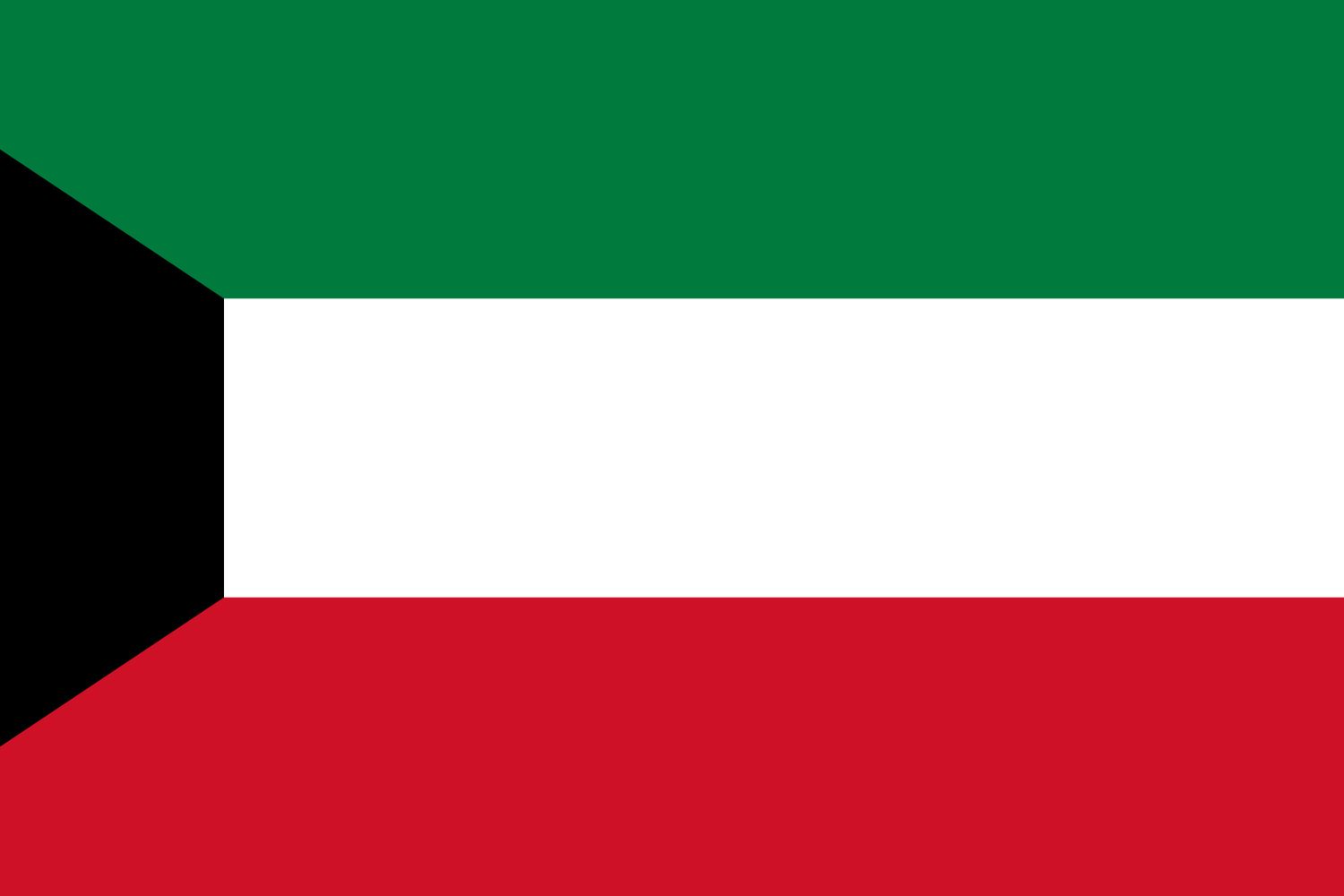
Embark on a journey of captivating facts and lesser-known trivia about the Kuwaiti flag. Discover distinctive elements within the flag’s design that carry profound symbolism. Uncover anecdotes of notable incidents or occurrences involving the flag that have etched a lasting impression on the nation’s history and character.
Rich Tapestry of History
- 1961: On September 7, Kuwait adopts its current flag, encapsulating the unity and aspirations of the Kuwaiti people.
- Colors and Symbolism: The green color embodies hope, prosperity, and the verdant landscapes of Kuwait, while the white color featured in the flag’s design signifies purity and peace.
- Crescent and Star: The crescent and star positioned prominently in the flag symbolize Kuwait’s historical and cultural heritage, reminiscent of its enduring journey towards independence and its Islamic roots.
- National Identity: The flag encapsulates Kuwait’s vibrant history, cultural legacy, and the nation’s continuous pursuit of unity, progress, and rejuvenation.
These historical insights shed light on significant moments in the history of the Kuwaiti flag, underscoring its pivotal role in shaping Kuwait’s national identity and embodying its struggles and aspirations over the years.
Flag-Related Symbols and Emblems
Much like the Algerian flag, Kuwait’s national identity is represented not only by its flag but also by additional symbols and emblems closely tied to its heritage. Explore these symbols and their significance, delving into Kuwait’s rich history and cultural roots. Embark on a journey through Kuwait to experience its iconic landmarks and destinations.
Symbolisms of the Kuwaiti Flag
Similar to the Algerian flag, the flag of Kuwait incorporates various symbolic elements that encapsulate the nation’s history, values, and aspirations. Here’s a breakdown of the symbolisms of the Kuwaiti flag:
- Green Color: Reflects Kuwait’s verdant landscapes, abundant nature, and fertile soil, showcasing the country’s agricultural wealth and environmental beauty.
- White Crescent and Star: Paying homage to Kuwait’s Islamic and Arab heritage, the crescent and star symbolize unity, faith, and hope among the Kuwaiti people. The crescent signifies progress and spiritual enlightenment, while the star represents knowledge and the nation’s bright future.
- Flag’s Design: Mirrors Kuwait’s cultural richness, aspirations for progress, and harmony within its diverse populace.
- National Identity: Serving as a unifying emblem, the flag fosters a sense of shared identity and belonging among Kuwaitis, reinforcing their cultural heritage and historical legacy.
- National Aspirations: Through its composition and symbolism, the flag embodies Kuwait’s core values and aspirations, including unity, progress, faith, and tradition.
These symbolisms embedded in the Kuwaiti flag contribute to the nation’s pride and collective identity, echoing its journey through history and cultural significance.
Flags of Similar Countries or Regions
Exploring the flags of countries or regions surrounding Kuwait can unveil fascinating insights. Delve into a comprehensive comparison of these flags, pinpointing the resemblances and distinctions in their designs, colors, or symbolism. Uncover the historical and cultural ties between these flags, illuminating shared influences or unique identities.
Kuwaiti Flag vs Saudi Arabian Flag
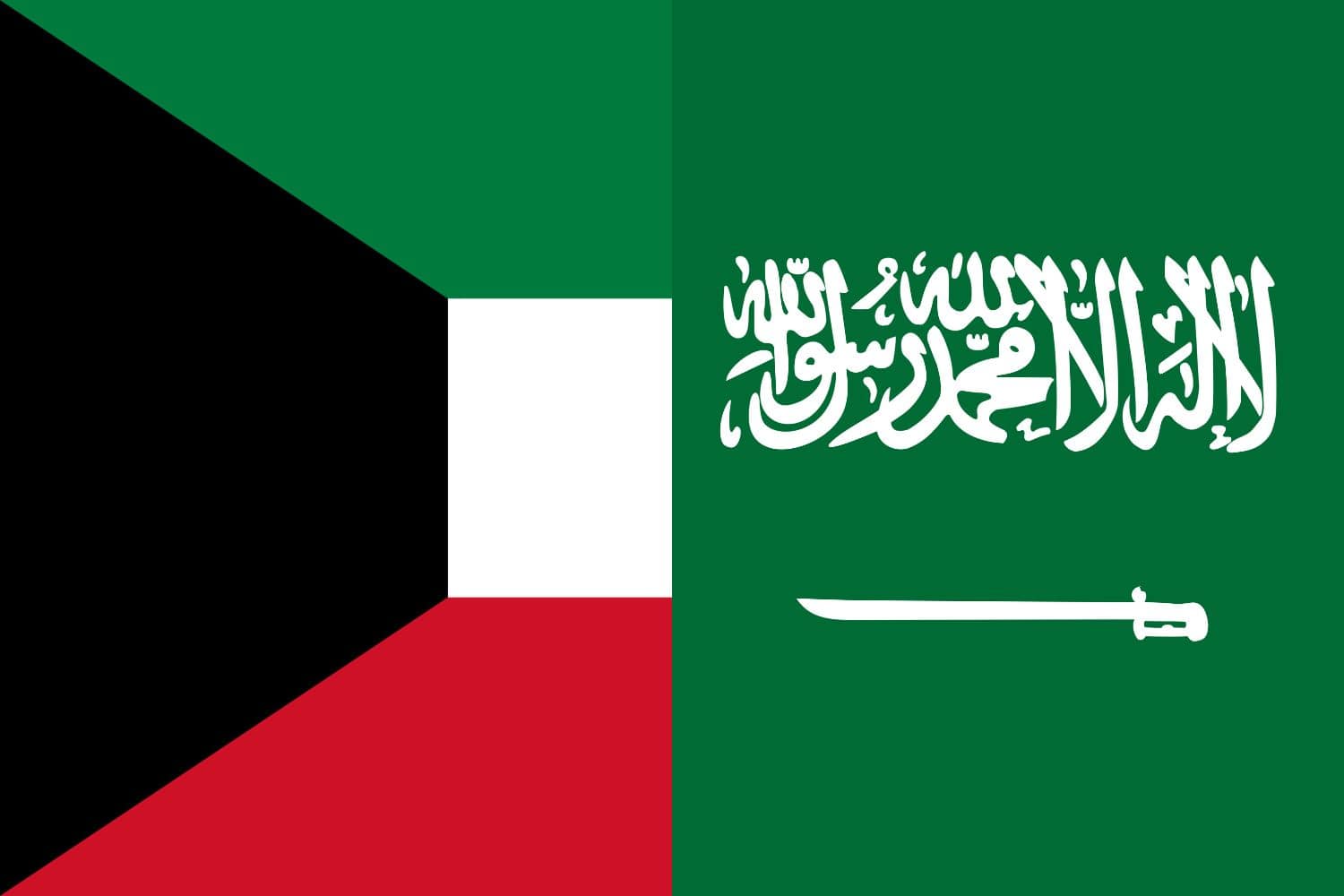
Similarity: Both flags prominently feature the color green.
Difference: The Saudi Arabian flag incorporates a white Arabic inscription and a sword in its design.
Kuwaiti Flag vs Iraqi Flag
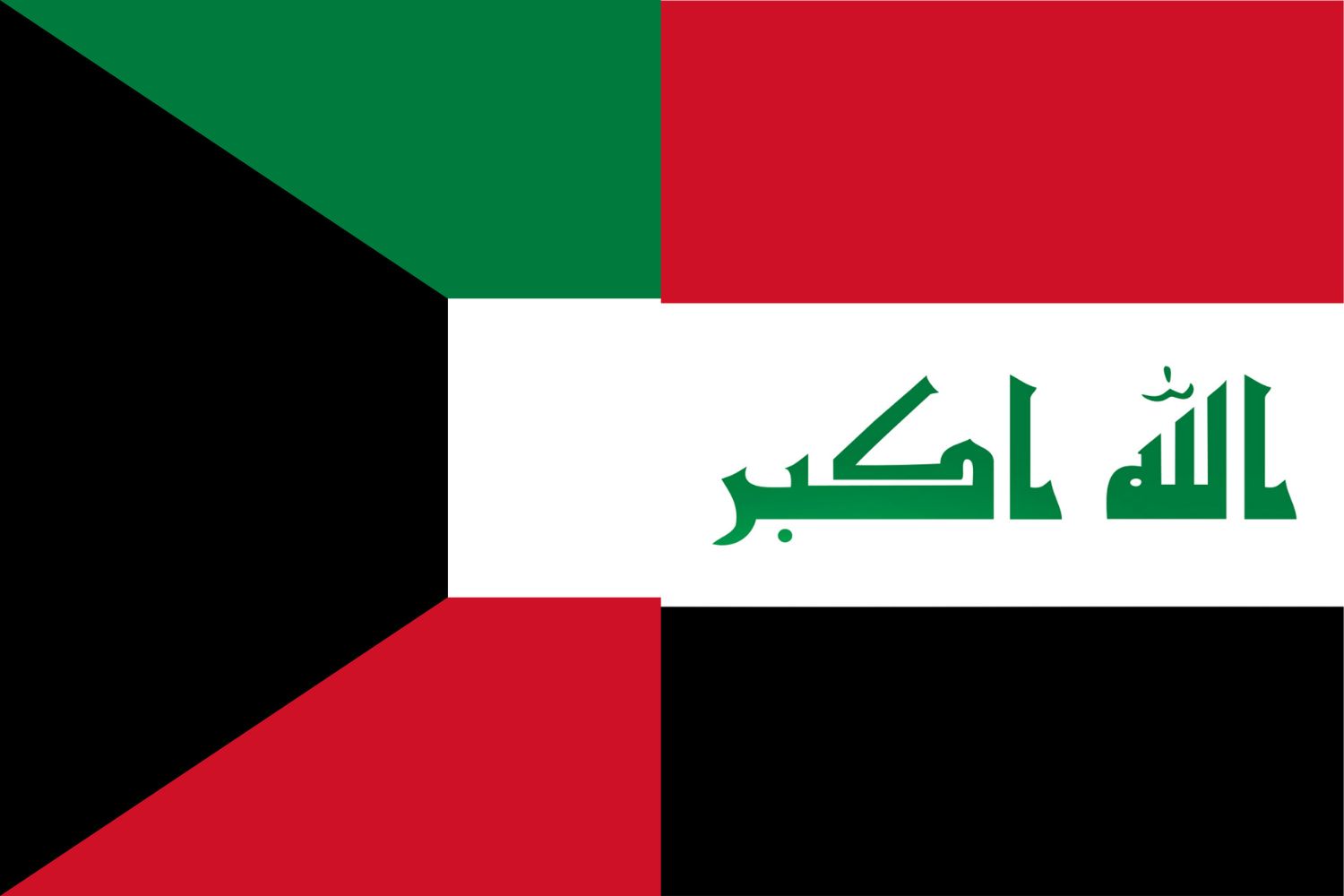
Similarity: Both flags prominently feature the color black.
Difference: The Iraqi flag includes Arabic script and a red, white, and black tricolor design.
Kuwaiti Flag vs Iranian Flag
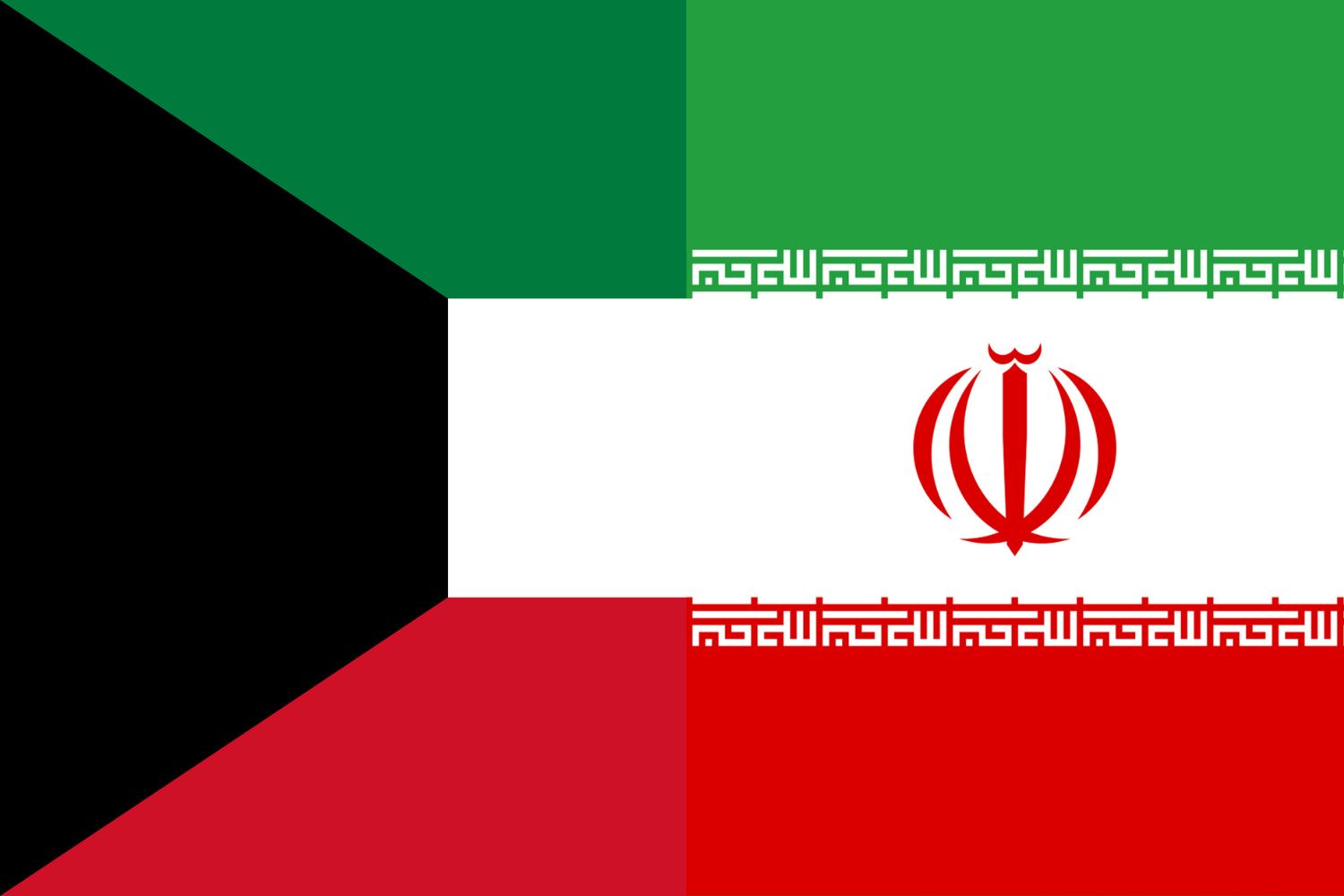
Similarity: Both flags incorporate the color red in their design.
Difference: The Iranian flag features a central emblem consisting of a stylized word and a representation of the Islamic Republic’s emblem.
Kuwaiti Flag vs Bahraini Flag
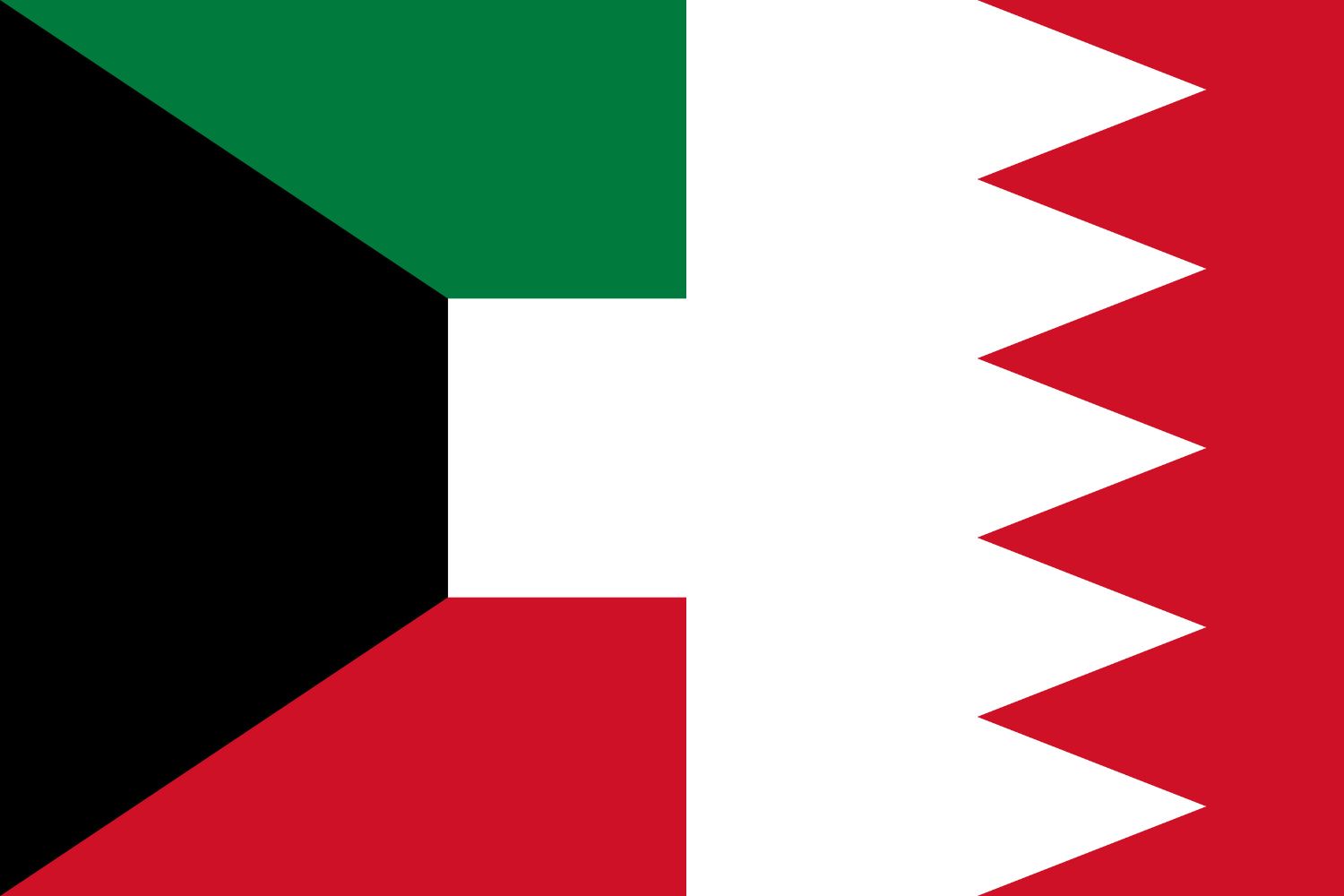
Similarity: Both flags feature a white band.
Difference: The Bahraini flag includes five white triangles on the hoist side, symbolizing the Five Pillars of Islam.
Frequently Asked Questions (FAQs)
Discover answers to common questions related to the Kuwait flag picture. From its historical origins to the symbolism behind its elements, find concise and informative responses that address inquiries commonly posed by those curious about Kuwait’s flag.
What are the colors of the Kuwaiti flag and what do they represent?
The Kuwaiti flag consists of three horizontal stripes: green, white, and red. Green symbolizes fertility, white represents purity and peace, and red signifies the blood of Kuwait’s enemies.
Why does the Kuwaiti flag feature a black trapezoid on the hoist side?
The black trapezoid represents the Kuwaiti people’s battlefields and their determination to defend their nation and its independence.
Is there any symbolism behind the placement of colors on the Kuwaiti flag?
Yes, the flag’s colors are arranged to represent the Kuwaiti landscape, with green representing the fertile land, white symbolizing the coastline, and red signifying the desert.
What is the significance of the dhow sailing ship on the Kuwaiti flag?
The dhow represents Kuwait’s maritime heritage, as it has historically been a center for trade and seafaring activities.
Are there any religious symbols on the Kuwaiti flag?
No, the Kuwaiti flag does not contain any explicit religious symbols. It reflects national identity and heritage rather than religious affiliation.
Has the design of the Kuwaiti flag changed over time?
Yes, the current design was adopted on September 7, 1961, with slight modifications in 2014. However, the overall design and symbolism have remained consistent.
What does the Kuwaiti flag symbolize to its citizens?
The flag represents national pride, unity, and the sacrifices made by Kuwaitis to protect their country’s sovereignty and independence.
Is the Kuwaiti flag flown at half-mast during periods of mourning?
Yes, the Kuwaiti flag is lowered to half-mast as a sign of respect and mourning during national tragedies or the passing of prominent figures.
